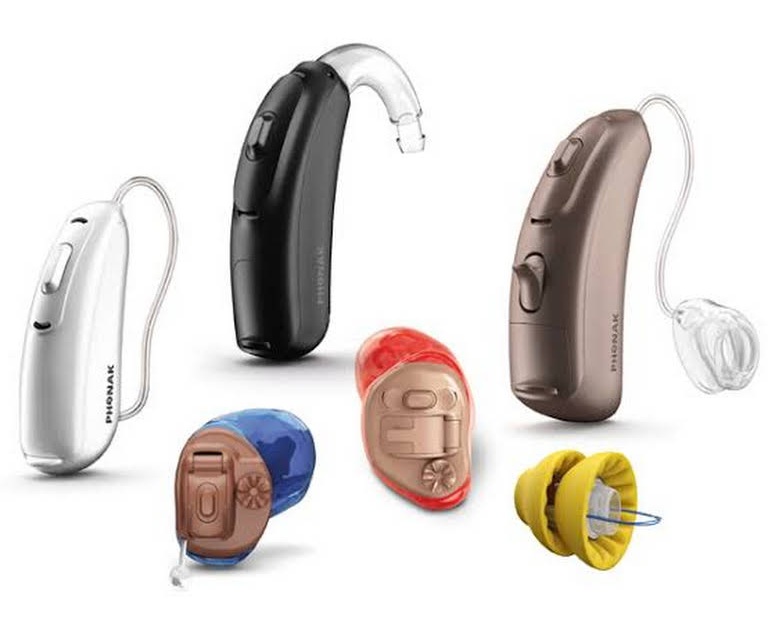Your Hearing Test
FAQ about hearing test
It should take about 40 and 90 minutes. While that may seem a long time, it is important that we understand how your hearing affects you, as a hearing loss is quite an individual thing.
We’ll ask you some questions relevant to your current and past hearing. Your ear canals will be checked for their general health and for obstructions, the commonest being ear wax.
We need to measure your hearing – which is a very straight-forward test where you are asked to listen to quiet beeps and respond by pressing a button. This helps us decide whether or not your hearing loss needs further examination or testing; and whether you’d benefit from hearing aid use. Assuming you would, we move on…
You will most likely be fitted with hearing instruments there and then, and be offered the opportunity to walk away with them on our FREE TRIAL. This is part of our HOLISTIC FITTING JOURNEY.
We’ll use special software to match the hearing aids to your needs and preferences and then together carry out some simple fine-tuning. You can expect a basic orientation session on how to handle, and how to use the features of your new hearing aids. More information on care and maintenance will follow at the next appointment. We’ll also make sure your expectations are correctly set in order to avoid potential feelings of disappointment or discouragement that may ultimately lead to failure. We’ll ensure you leave our practice with the highest possible level of motivation. This counselling is a very important part of what a hearing aid audiologist does.
You may not get on as well as we’d hope. We may need to use speech audiometry or tympanometry* or refer you on to a consultant for further tests. This is thankfully a rare occurrence. If you try some hearing aids but struggle a little to adapt to them, we may want to look into the reasons why, or try a different model instead.
That would be nice, but it is more likely that some adjustments will be required. If this is your first time wearing hearing aids of any kind, you’ll be advised that you will find your new hearing rather challenging at times. If you have had reduced hearing for several years, it may take some time for your brain to get used to hearing the sounds it hasn’t heard for a long time. Unfortunately, an audiogram (the main prescription method) is rather variable – it should be viewed as the starting point, not the end, as adjustments will likely be needed.
For example, it may turn out that the initial assessment for volume is actually too loud for your preference. Or it may simply be that you need time to get used to sounds in all their forms — including those that are annoying, irritating, or otherwise perturbing. Start with the expectation that your hearing aids will need to be adjusted, probably more than once or twice during several follow-up visits. Patience is the key to success.
We’ll discuss fine-tuning based on your experiences over the last days. We’ll also show you how to clean and maintain your hearing aids. Assuming you are getting on just fine, you may pay for the hearing aids today. If you are a little unsure, we’ll leave this until the next appointment.
To make absolutely certain that you are adjusting well to your new hearing environment – and to accommodate any cognitive improvements that may have already began to take effect – this in practice means we’ll probably nudge up the volume for speech sounds by a tiny amount. You may even need to see us again, quite soon. It depends on how well you adapt.
If you would like to find out more or to book a hearing test just contact us and we will be glad to help.


